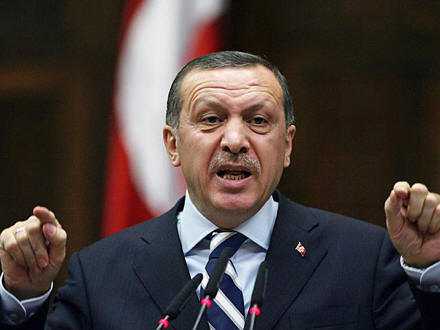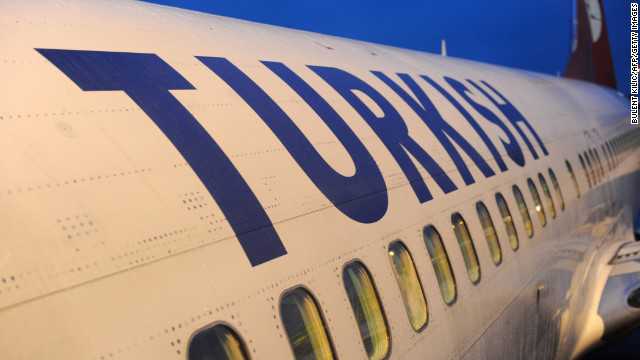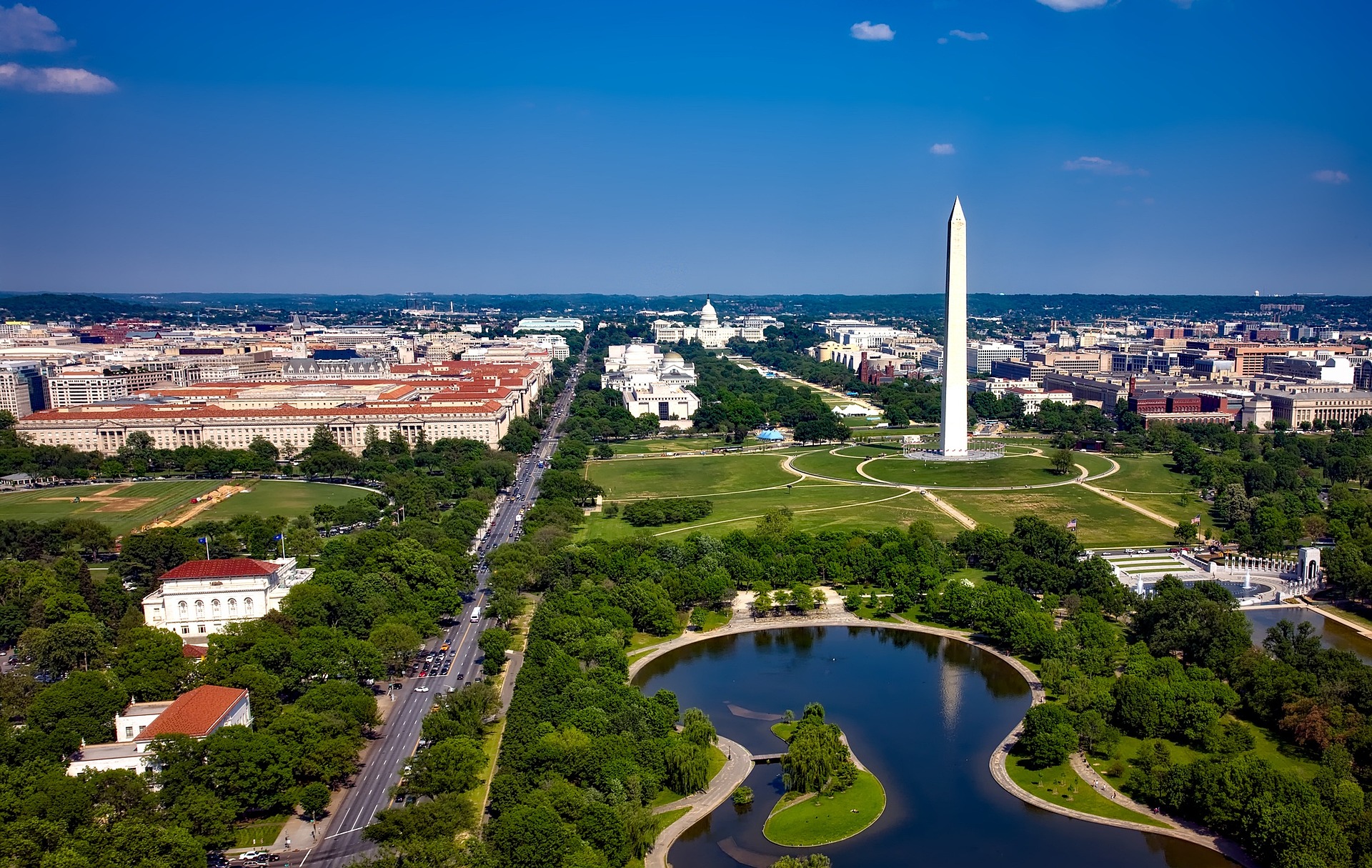| by EDITORIAL June 15, 2013 , 9 : 55 pm  |
|
|
|
|
|
Turkish Prime Minister Recep Tayyip Erdogan has none but himself to blame for turning an apparently innocuous pro-environment demonstration into a crisis. And in doing so, Erdogan has demonstrated how inept he has been in coping with the consequences of democratic freedoms his reforms have given to Turkey. In a fit of hubris perhaps he condemned the demonstrators as “looters”, “anarchists” and “terrorists” and he was wrong. The people who had gathered at Taksim Square were demanding preservation of a park where the government had planned to allow construction of a shopping mall. It was a peaceful demonstration that protested uprooting of trees. Pulling down Erdogan or his government was not on their agenda. It could have been defused with absolute ease had Erdogan and his government been rational and seen the rationale of the demonstrators. Instead, hubris came into play, Erdogan felt insulted, panicked for no reason and saw seditious intentions which weren’t there.
Turkish Prime Minister’s reading of the situation was wrong and unwarranted which only undermined his accomplishments and offered succour to a harmless impromptu demonstration. He committed a political hara-kiri and let the situation escalate by opting for high handed means to crush the demonstration. Overnight, Erdogan fell in popular esteem from a comfortable position of being a very popular leader to an autocratic zealot who isn’t least interested in listening to justified aspirations of the people. News pouring out of Istanbul suggests that ruling AKP is considering projecting President Abdullah Gul as the new face of the country. And if this happens Erdogan may even be replaced as the prime minister which analysts feel would probably be a good move to stem an escalating crisis snowballing into Turkish Spring.
Still now Turkey has not become Egypt and Taksim Square is not Tahrir. But the belligerence with which Erdogan responded to the demonstration has not only eroded his support base among Turkey’s “conservative Anatolian population of the rural heartland” but has also put the country at a critical crossroad. Erdogan can justifiably claim credits for Turkey’s impressive economic growth; he has made the country an important bridge between Europe and Asia and has placed Turkey as an invisible partner of both Europe and the United States on several critical global issues. His high handedness in dealing with Taksim Square demonstration has, however, made Europe rethink over its partnership with Turkey. And that may, in long term, prove disastrous for Ankara.
Erdogan’s defiant and belligerent response has not helped in containing the demonstrations. He is now seeing lengthening shadows of conspiracies which may or may not be true. But, on one fact there is no doubt. Turkish opposition has now found the handle which it has long been in search of to unseat an elected government. To the ruling party it is a snowballing threat which AKP isn’t very keen on overlooking. For the ruling party the options are few and replacing Erdogan is perhaps the best means to quell the popular anger which is fast turning into a conflagration across Turkey. Erdogan has chopped off the branch on which he was sitting.
|
By Kate Gibson, MarketWatch

NEW YORK (MarketWatch) — U.S. stocks declined sharply Tuesday after the Bank of Japan opted to hold its monetary policy steady, raising concerns that central banks will not provide additional economic stimulus.
The U.S. Federal Open Market Committee and Fed Chairman Ben Bernanke “have introduced volatility into the market for the first time this year, and part of it has to do with when quantitative easing will start to taper, and that has caused a cascade of opinions as to when that will be and what that should mean for stocks,” said Art Hogan, market strategist at Lazard Capital Markets.

Central bank inaction rattles markets
Paul Vigna and Matthew Walter discuss the latest on markets.
Investors have been watching U.S. economic data closely for any clues as to when the Federal Reserve may begin to scale back its $85 billion in monthly bond purchases.
“It does feel like in the last couple of weeks, news has been affecting all markets, not just regional,” said Richard Slinn, an investment specialist at J.P. Morgan Private Bank in San Francisco.
“As [10-year Treasury] yields (ICAPSD:10_YEAR) rise and as that volatility increases, we’ve been rotating,” Slinn says of investors swapping into varying asset classes.
On Tuesday, the 10-year Treasury yield traded at 2.183%.
Along with Asian and European stocks, the dollar fell sharply against the Japanese yen (ICAP:USDJPY) after the Bank of Japan decided to stay put on its policies, dashing some hopes that the central bank would extend the duration on its ultra-low interest rates to banks.
Boring stocks, exciting returns
In the stock market, boring is often beautiful. Mark Hulbert joins MoneyBeat to discuss why volatility is overhyped. Photo: AP.
Extending losses into a second session, the Dow Jones Industrial Average (DJI:DJIA) fell as much as 152 points before briefly turning positive, then finished with a 116.57-point, or 0.8%, loss at 15,122.02 with American Express Co. (NYSE:AXP) pacing declines that included all but three of its 30 components.
The S&P 500 index (SNC:SPX) dropped 16.68 points, or 1%, to 1,626.13, with the financial sector hardest hit among its 10 major industries.
The Nasdaq Composite (NASDAQ:COMP) slid 36.82 points, or 1.1%, to 3,436.95.
For every stock rising, half a dozen fell on the New York Stock Exchange, where almost 689 million shares traded.
Composite volume surpassed 3.3 billion.
Gold futures (CNS:GCQ3) shed $9 to $1,377 an ounce and crude (NMN:CLN3) fell 39 cents to $95.38 a barrel on the New York Mercantile Exchange.
Inventories at U.S. businesses climbed 0.2% in April to $504.8 billion, the Commerce Department reported Tuesday. Separately, the Labor Department said job openings at U.S. workplaces fell to 3.76 million in April from 3.88 million in March.
Wall Street stocks finished Monday’s session little changed after Standard & Poor’s revised its U.S. credit-rating outlook to stable from negative. On Monday, the Dow finished down 9.53 points, or 0.06%, to 15,238.59, and the S&P 500 dipped 0.57 point to 1,642.81.
In Tuesday trading, shares of Dole Food Co. (NYSE:DOLE) jumped 22% after David H. Murdock, the company’s chairman and CEO, made a bid for the rest of Dole. Murdock controls almost 40% of Dole Food, and the $12-per-share cash offer represents an 18% premium to Dole Food’s closing price on Monday of $10.20 per share.
Shares of Lululemon Athletica Inc. (NASDAQ:LULU) tumbled 18% a day after the yoga-clothing retailer announced quarterly results and said its Chief Executive Christine Day will step down.
Shares of Sprint Nextel Corp. (NYSE:S) rose 2.4% after SoftBank Corp. said it would raise its offer for Sprint to $21.6 billion from $20.1 billion.





Read them & join the conversation
Markets